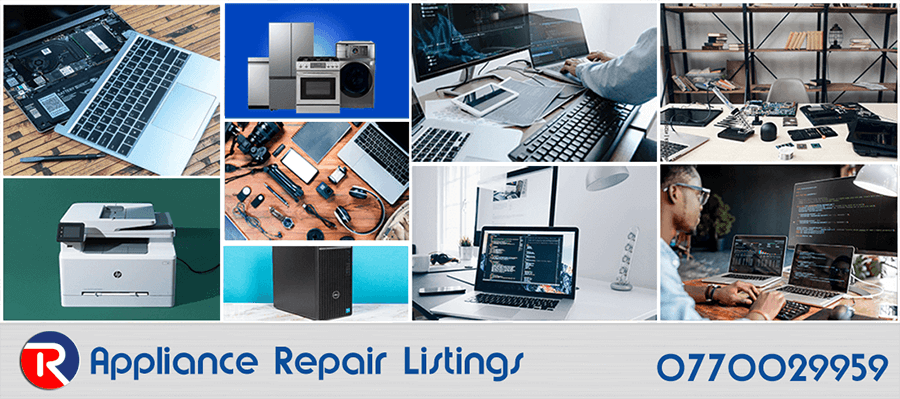Architectural Software Installation in Nairobi: A Comprehensive Guide
Architectural Software Installation in Nairobi is a critical process that requires careful planning, execution, and troubleshooting. By understanding the installation process, being aware of common problems, and considering the associated costs, professionals can ensure a smooth and efficient deployment of architectural software solutions
In Nairobi, Architectural Software Installation is a crucial aspect of modern design practices. From architects to engineers, professionals rely heavily on sophisticated software tools to streamline their workflow and enhance productivity. However, like any technological endeavor, Architectural Software Installation comes with its own set of challenges and considerations. In this guide, we will explore the Architectural Software Installation process, common problems faced, and effective solutions. Additionally, we'll delve into the associated costs including accessories and labor charges.
Understanding the Installation Process
Before diving into the specifics of Architectural Software Installation, it's essential to grasp the general process involved. Here's a simplified breakdown:
-
Assessment: Evaluate the system requirements and compatibility of the architectural software with the existing hardware and operating system.
-
Preparation: Ensure that the system meets the minimum requirements, including sufficient disk space, RAM, and graphics capabilities. Backup important data to prevent loss during installation.
-
Installation: Follow the software vendor's instructions to install the architectural software. This typically involves running the installer program and configuring settings as needed.
-
Configuration: Customize the software settings according to user preferences and project requirements. This may include setting up templates, default preferences, and user profiles.
-
Testing: Conduct thorough testing to ensure that the software functions properly and integrates seamlessly with other tools or systems.
-
Training: Provide training sessions for users to familiarize them with the software interface, features, and best practices.
Common Problems and Solutions
Despite careful planning, Architectural Software Installation can encounter various issues. Here are some common problems and their solutions:
-
Compatibility Issues: Sometimes, the software may not be compatible with the hardware or operating system. Solution: Check system requirements beforehand and update hardware or software if necessary. Utilize compatibility modes or virtualization software if supported.
-
Installation Errors: Installation may fail due to corrupt installation files, insufficient permissions, or conflicts with existing software. Solution: Verify installation files for integrity, run the installer as an administrator, and temporarily disable antivirus software during installation.
-
Licensing Problems: Activation or licensing errors can prevent proper use of the software. Solution: Ensure that valid license keys or activation codes are used. Contact the software vendor for assistance with licensing issues.
-
Performance Issues: Slow performance or crashes may occur due to inadequate hardware resources or software conflicts. Solution: Upgrade hardware components such as RAM or graphics cards if feasible. Update device drivers and software patches to resolve compatibility issues.
-
Networking Issues: Software may require network connectivity for licensing or collaboration purposes. Network errors can disrupt installation or usage. Solution: Troubleshoot network connectivity issues, ensure proper firewall and proxy settings, and contact IT support if necessary.
-
User Error: Incorrect configuration or misuse of the software by users can lead to operational issues. Solution: Provide comprehensive training and documentation to users. Implement user access controls and permissions to prevent unauthorized changes.
Cost Breakdown
In Nairobi, the cost of Architectural Software Installation can vary depending on several factors including the complexity of the software, number of licenses required, and additional services needed. Here's a breakdown of the typical costs involved:
-
Software License: The cost of purchasing the software license varies based on the vendor and edition. Prices can range from a few thousand Kenyan Shillings to tens of thousands, or even more for enterprise-level solutions.
-
Hardware Upgrades: If existing hardware does not meet the software's requirements, upgrades may be necessary. Costs for RAM, storage, or graphics cards can range from hundreds to thousands of Kenyan Shillings per component.
-
Accessories: Accessories such as external storage devices, graphics tablets, or specialized input devices may be required for optimal usage. Costs vary depending on the type and brand of accessory.
-
Labor Charges: Professional installation services may incur labor charges. These charges can vary depending on the complexity of the installation and the expertise of the service provider. Typical rates range from hundreds to thousands of Kenyan Shillings per hour.

